Let's take a journey through the next few pages together. Get to the end, and I promise you'll have a better fitting bra size.
HerRoom CEO/Founder
Bras are highly engineered and thoughtfully designed undergarments. They generally take many months to design and fit modify before being put on the market. It is not unusual for a bra design to include as many as 40 fabric, trim and hardware pieces.
Though many bras are beautiful, their design is more about playing a supportive role for your clothing. Knowing your bra size and what bra designs work best for your figure will help you identify the bra styles that best suit your needs. Not all bra styles work on every woman. To help, we’ve compiled this list of bra styles with remarks about each style’s pros and cons.
Bra styles can also have differing cup designs. After you browse through our list of bra styles, check out our list of different cup styles, which are an equally important consideration when selecting a bra.
MULTI-PART CUP BRAS
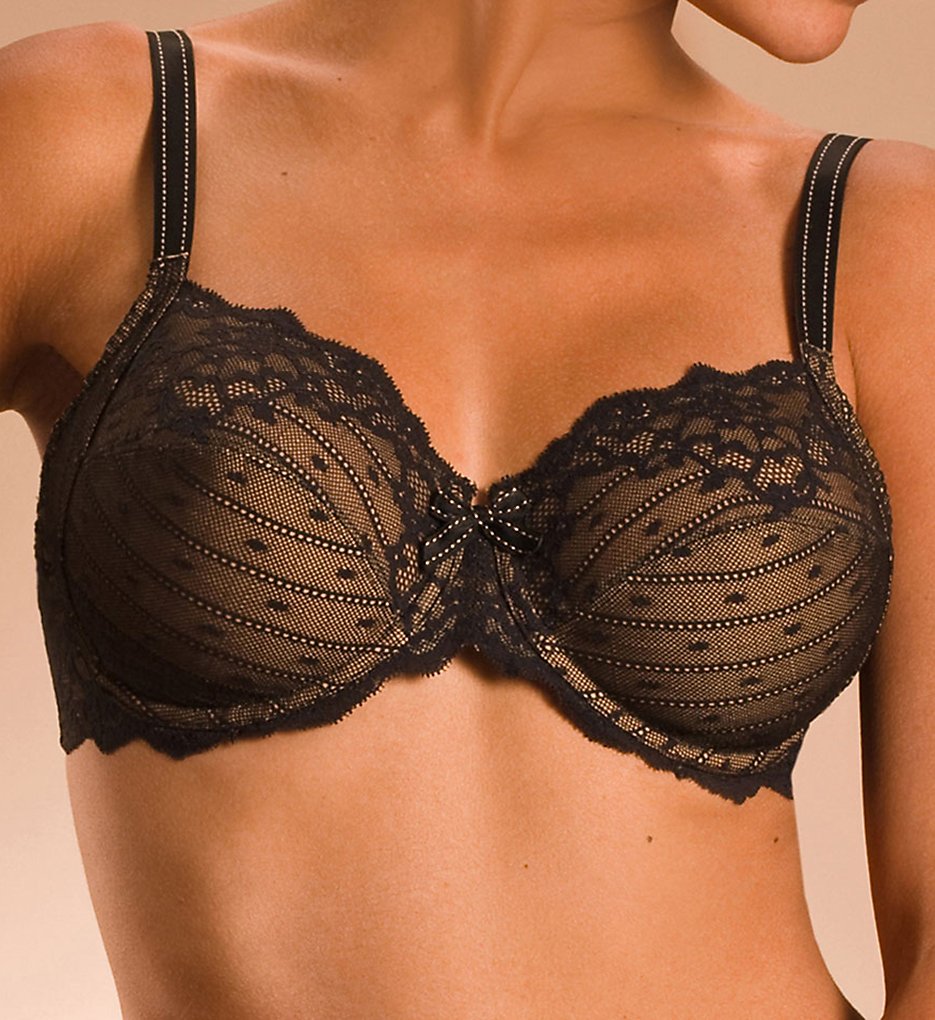
Adhesive Bras
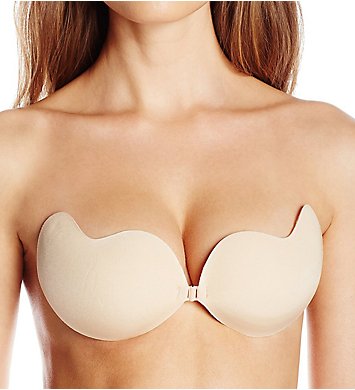
BRALETTES
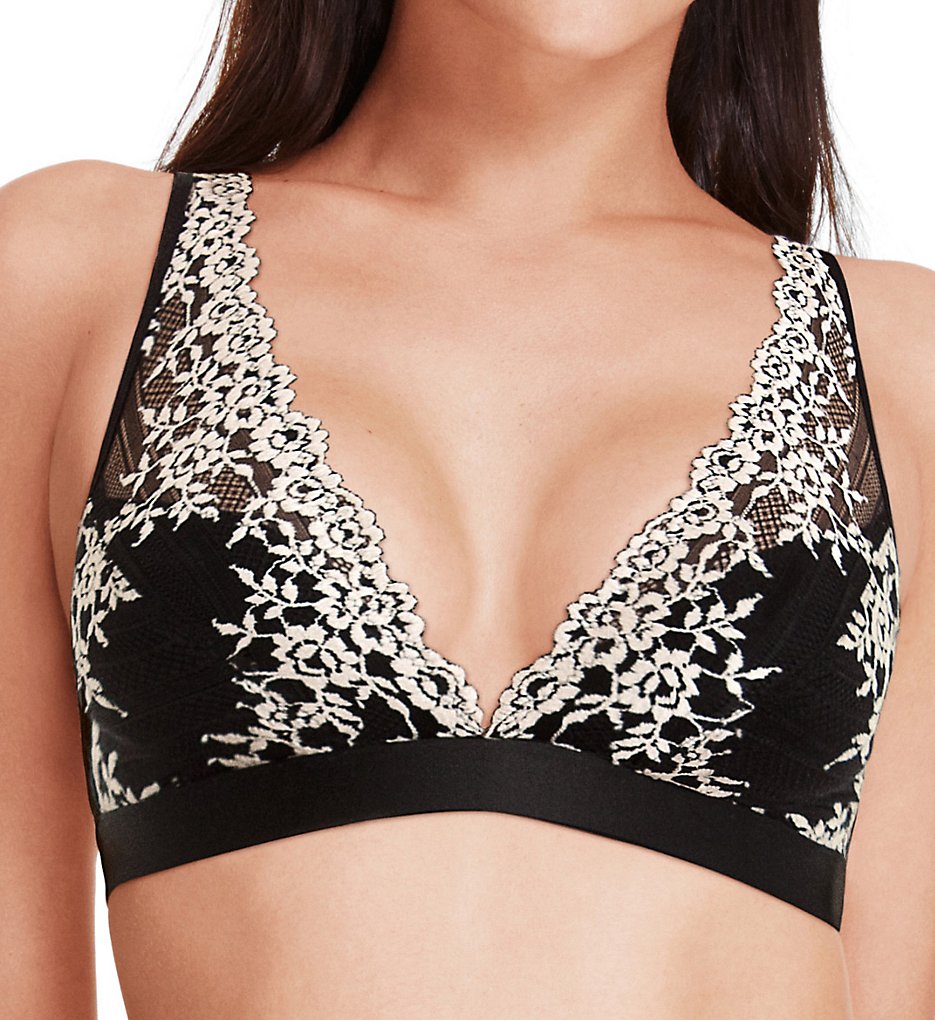
Convertible bras

CORSETS/BUSTIERS

Demi bras
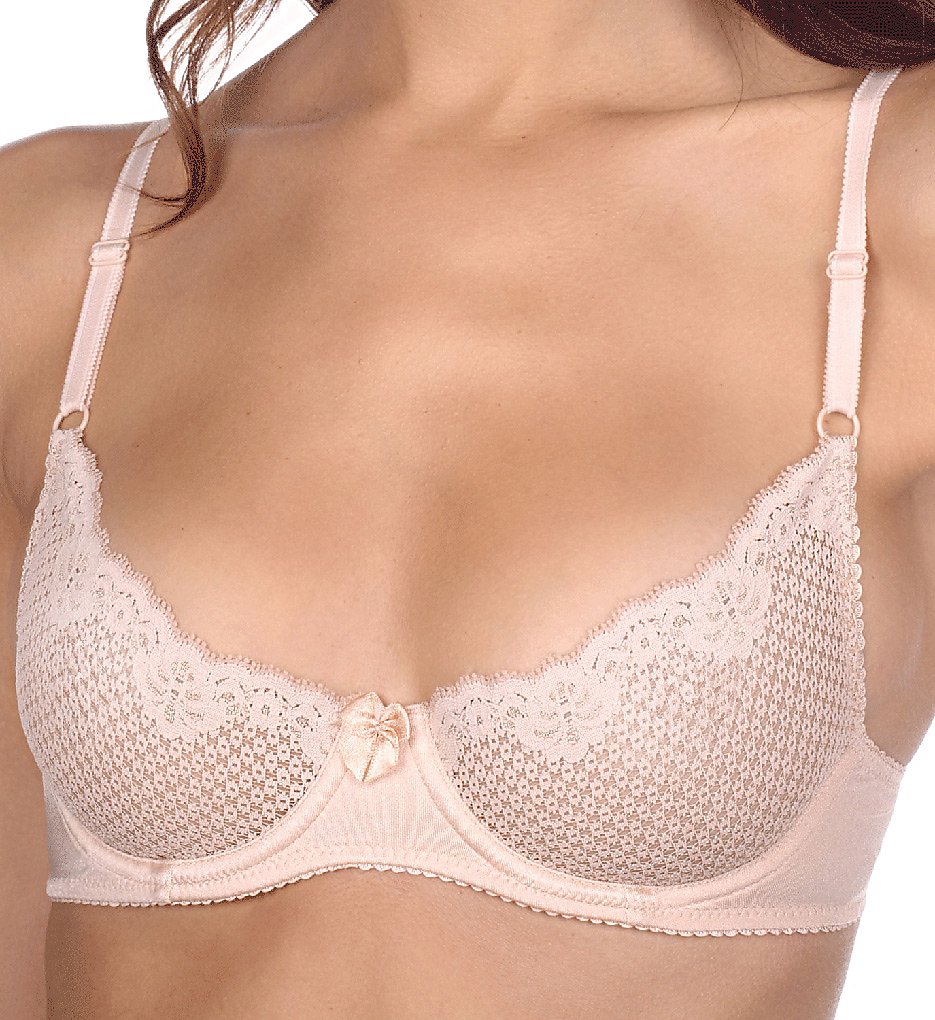
Front Closure Bras
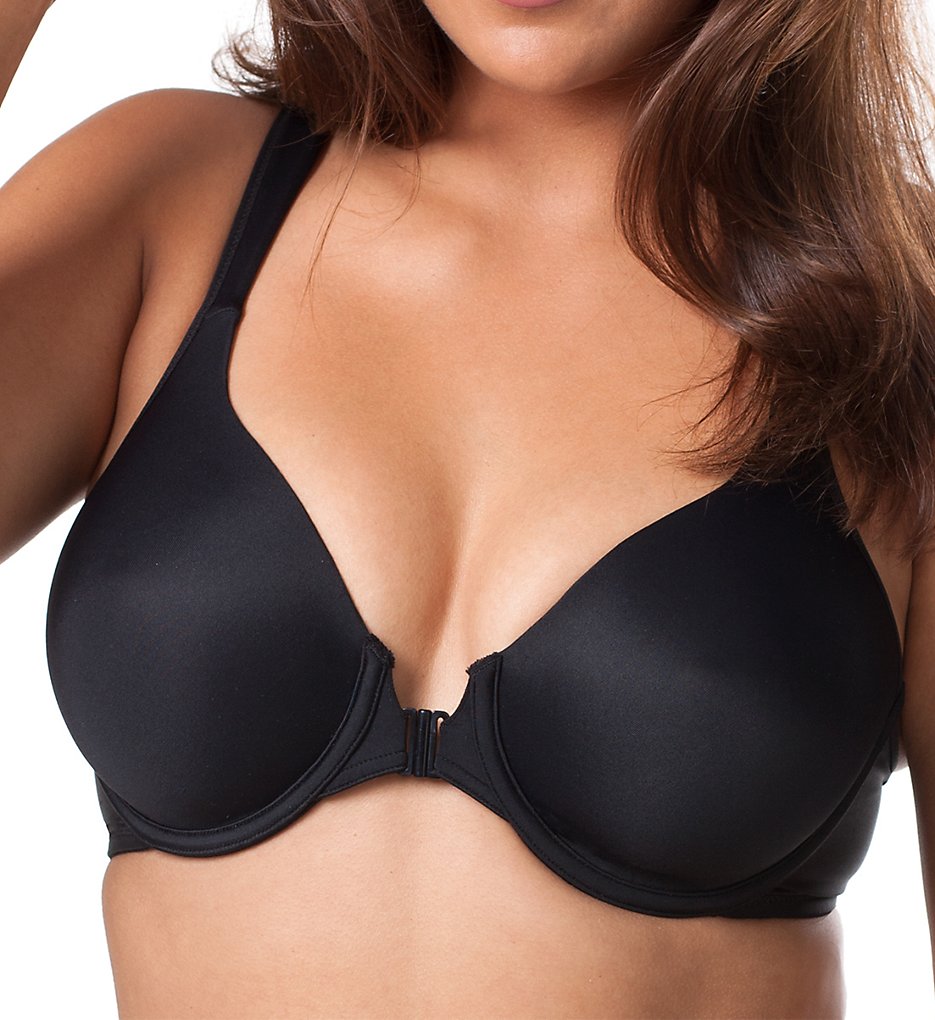
Longline Bras
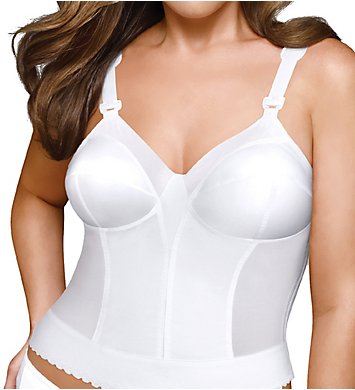
Minimizer Bras

Padded Bras
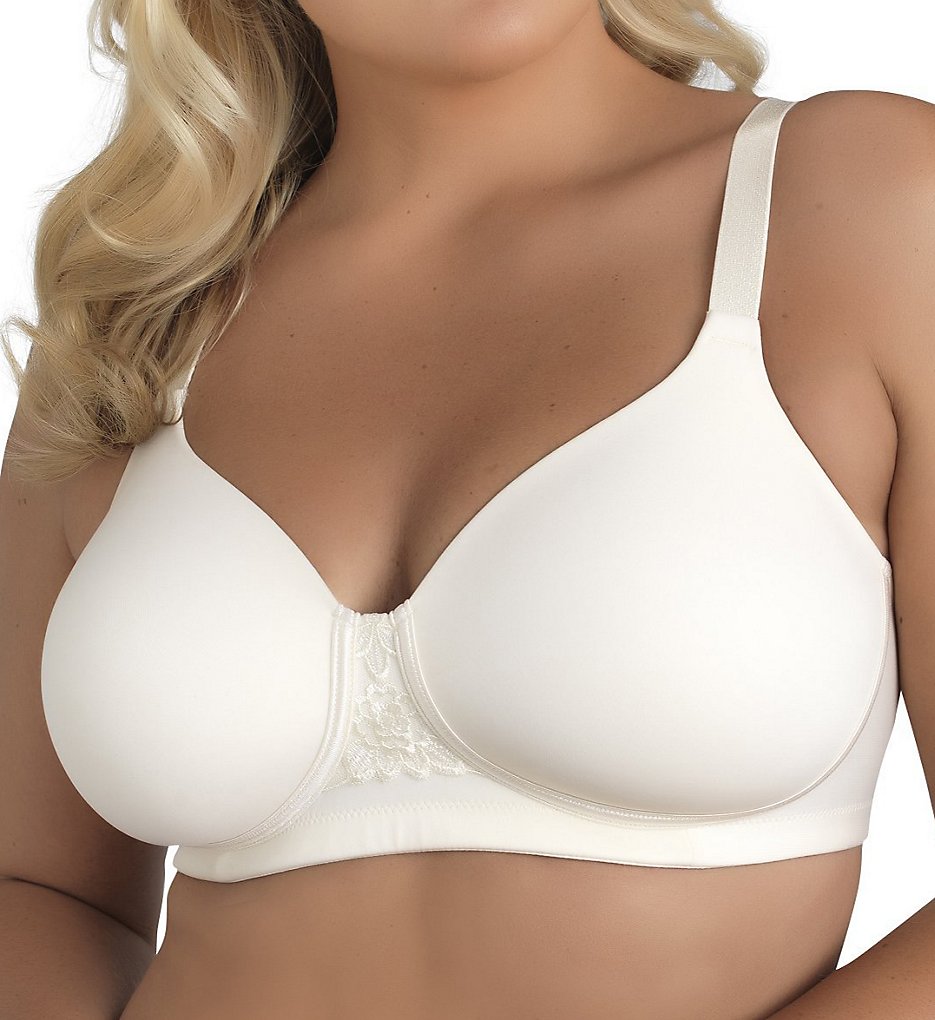
Petite Bras
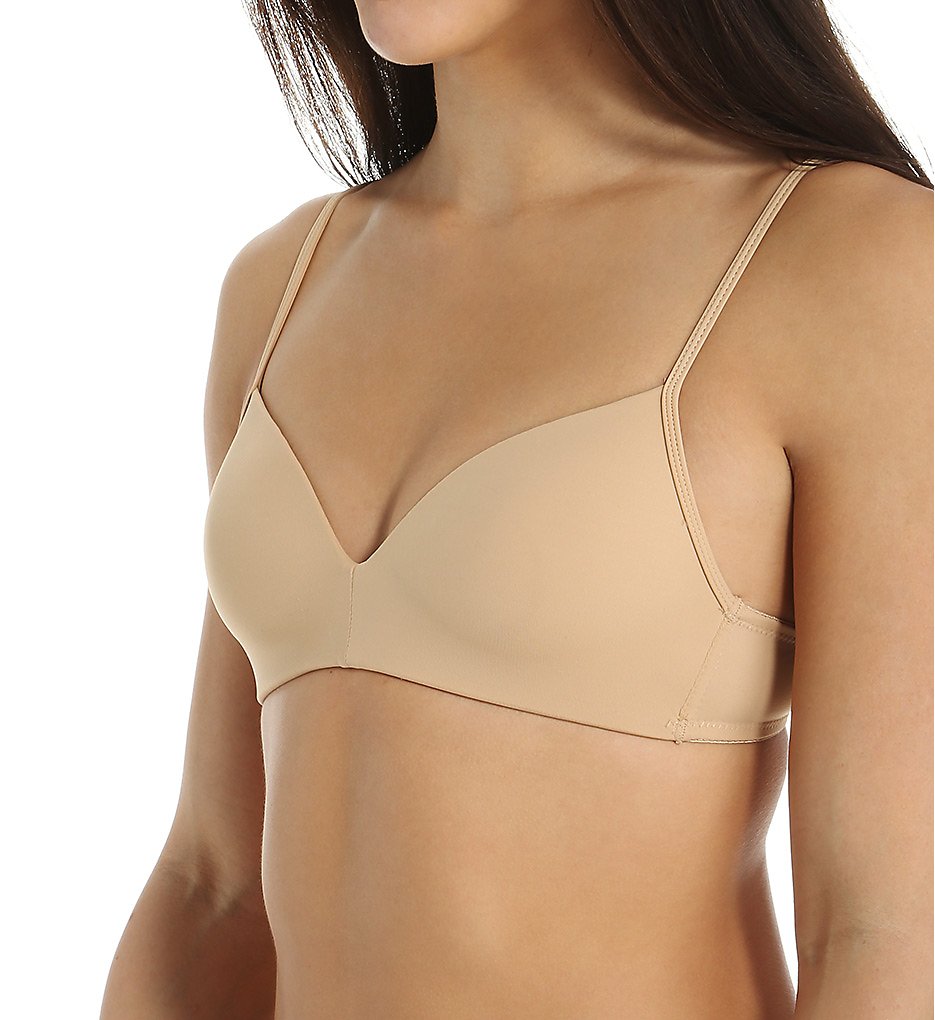
Plunge Bras
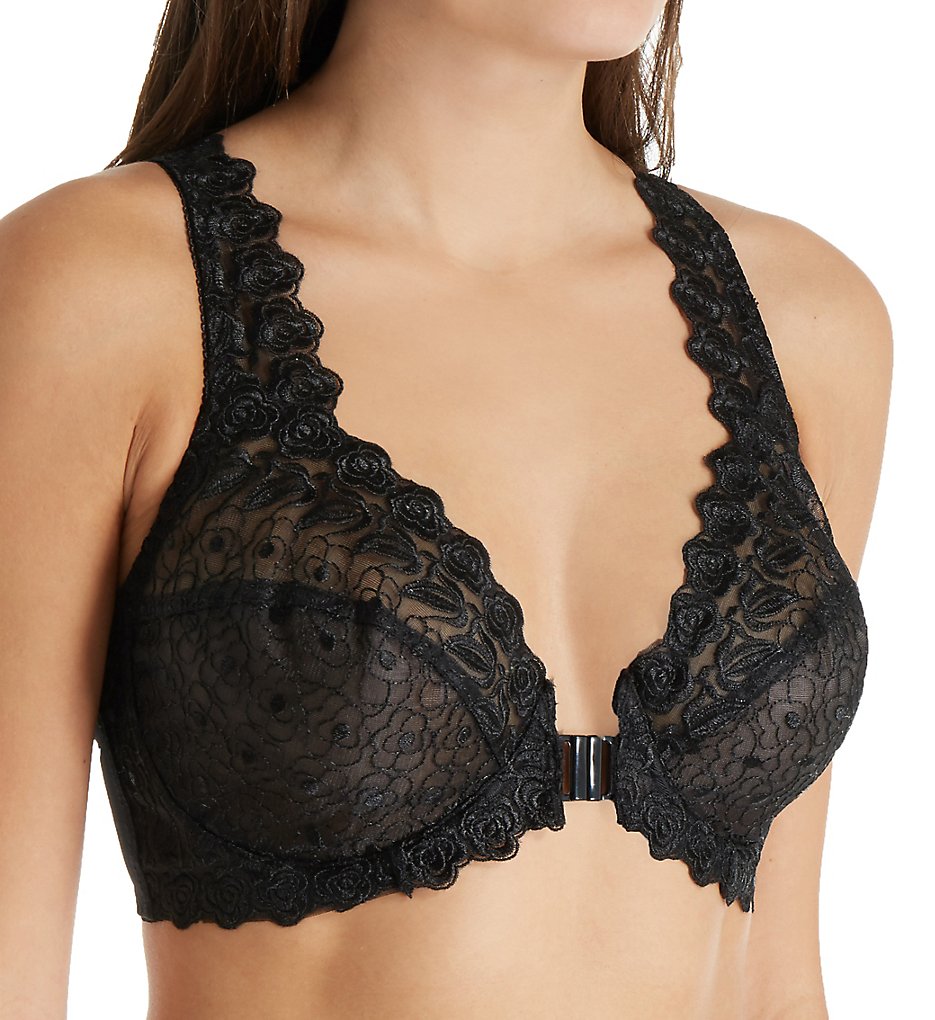
Push-up Bras
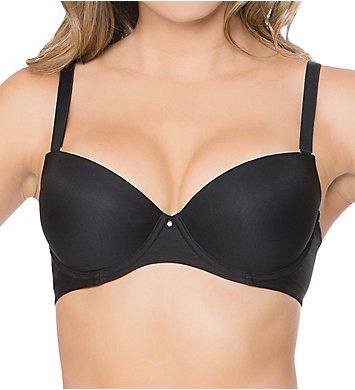
Racerback Bras
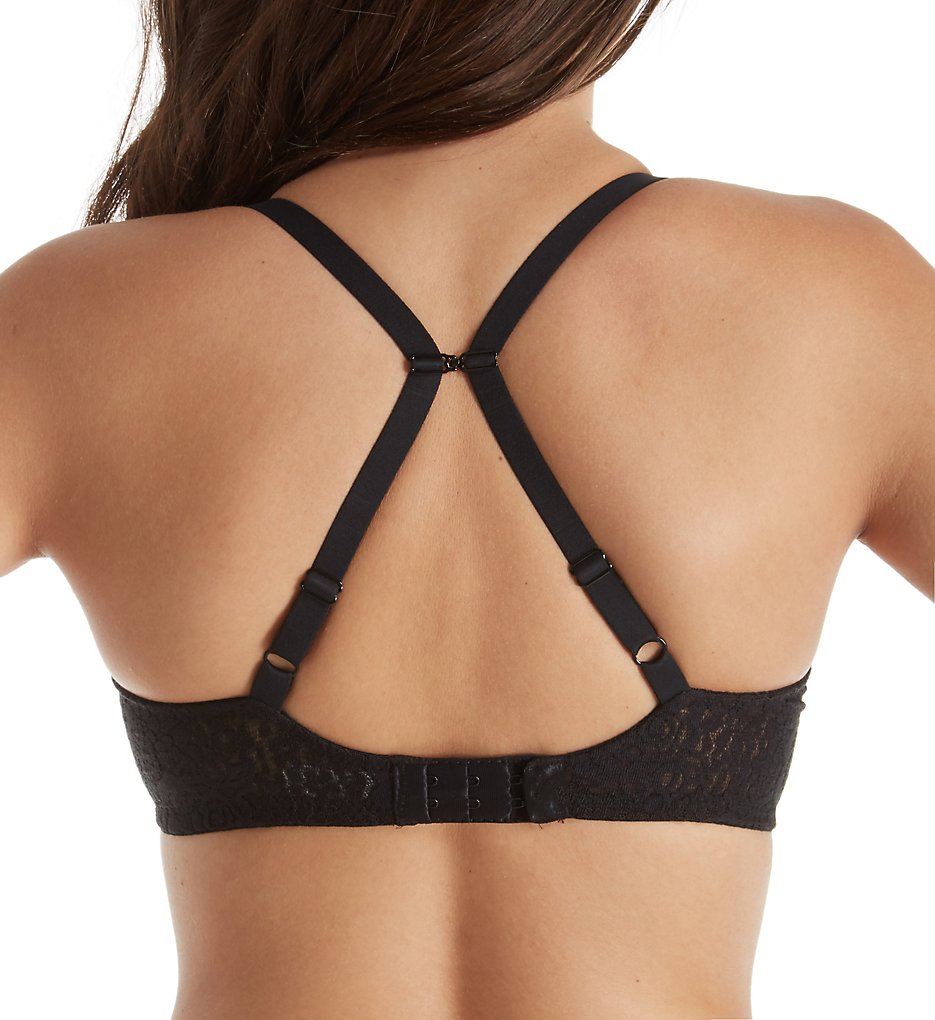
SEAMLESS (MOLDED) CUP BRAS
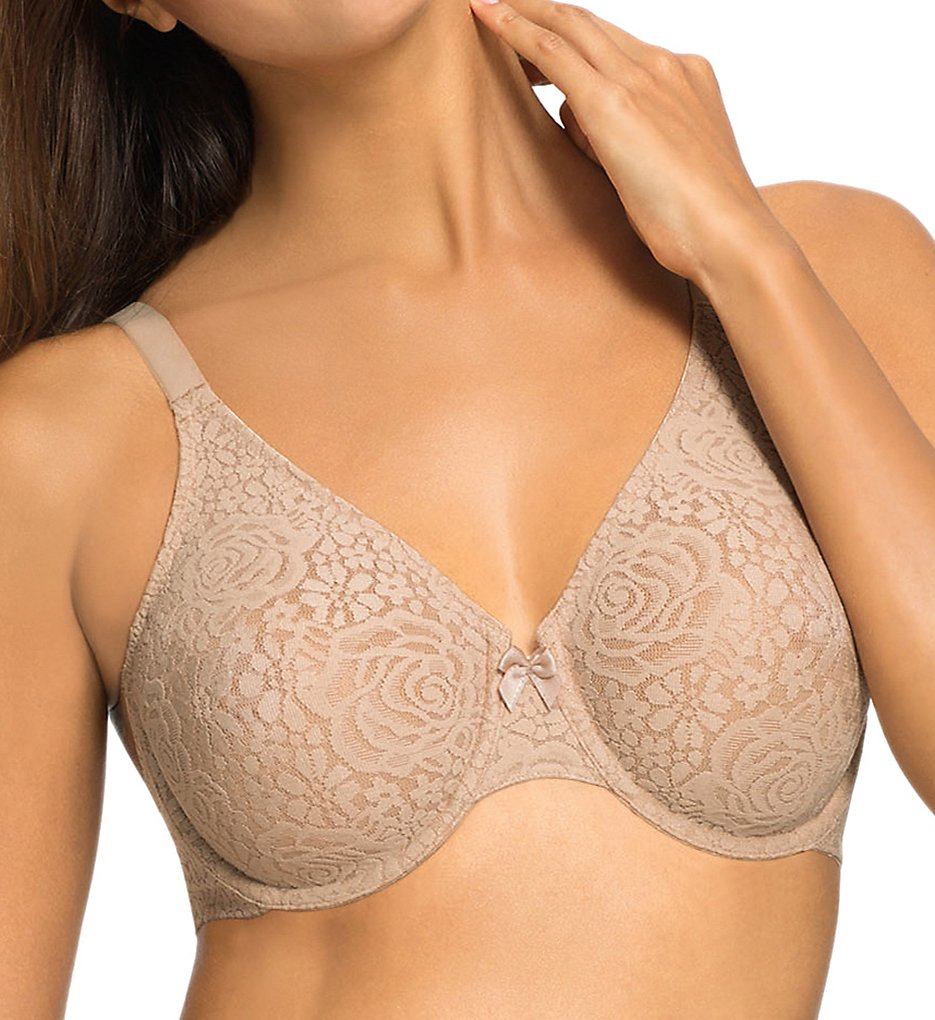
Shelf Bras
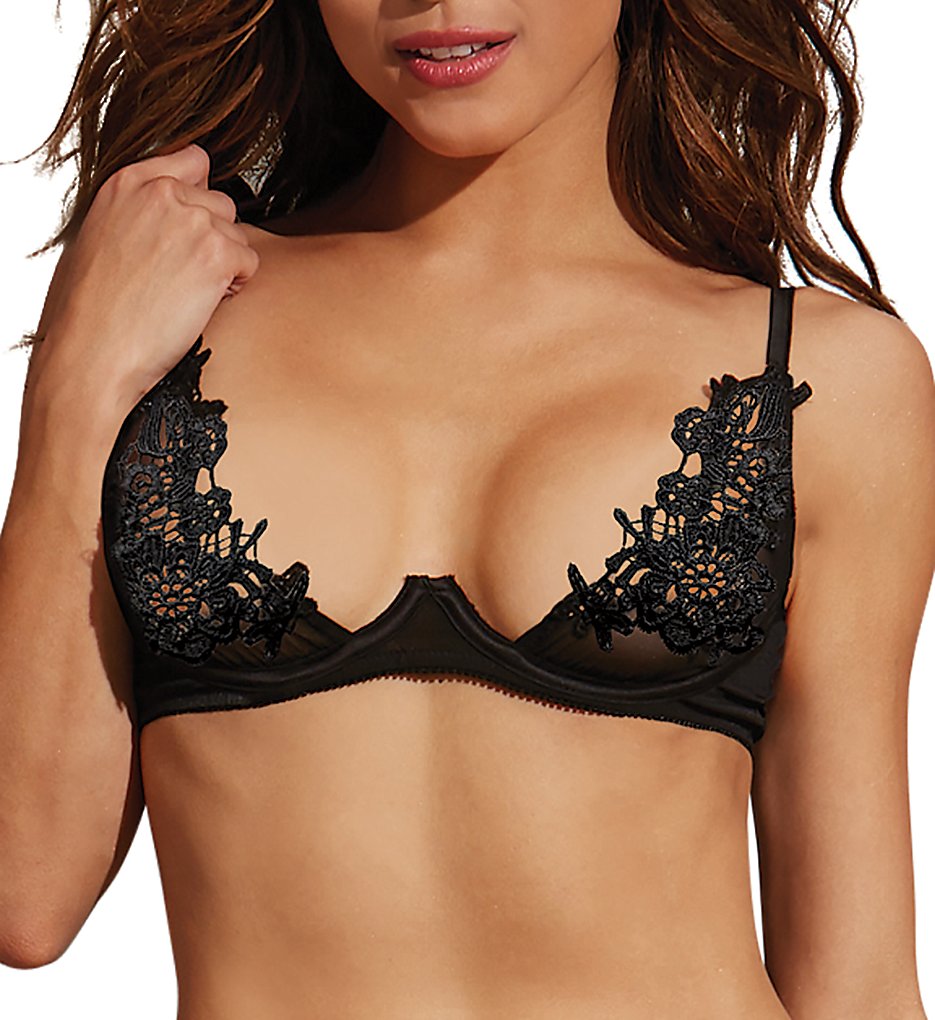
SOFT CUP/WIRELESS/WIRE-FREE BRAS
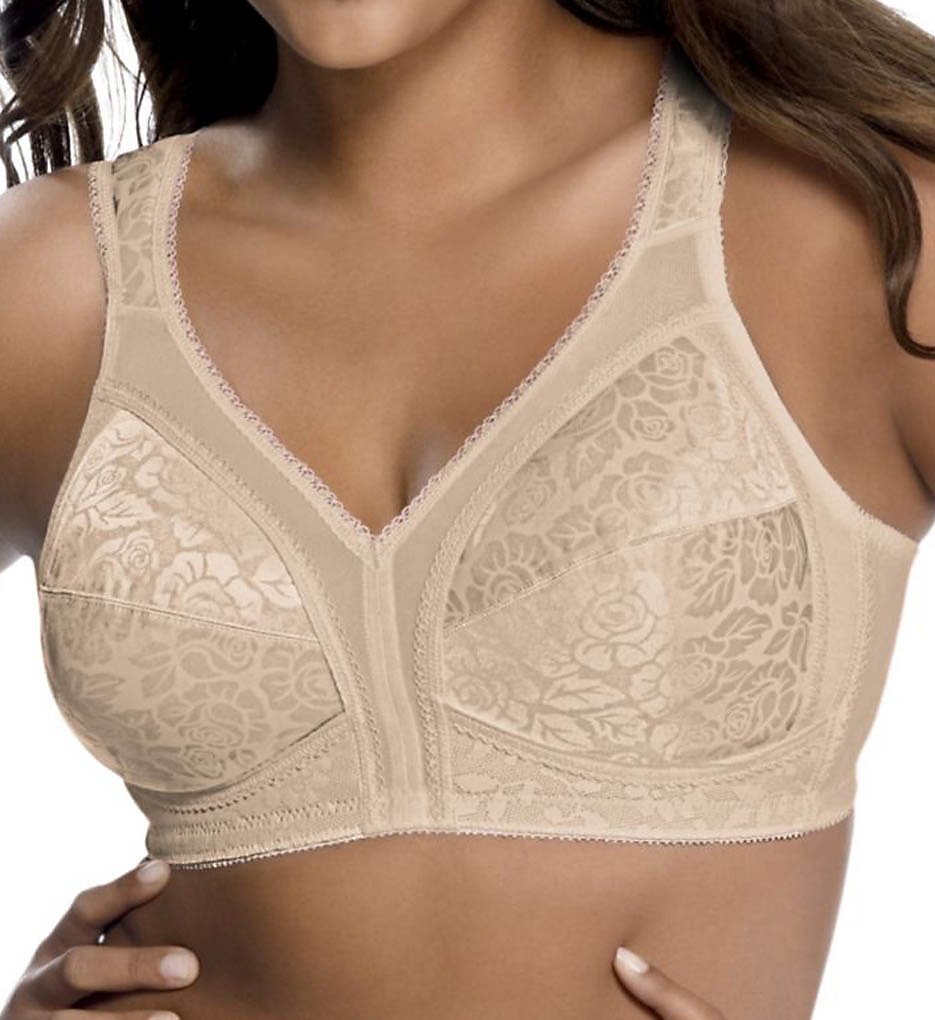
Sports Bras
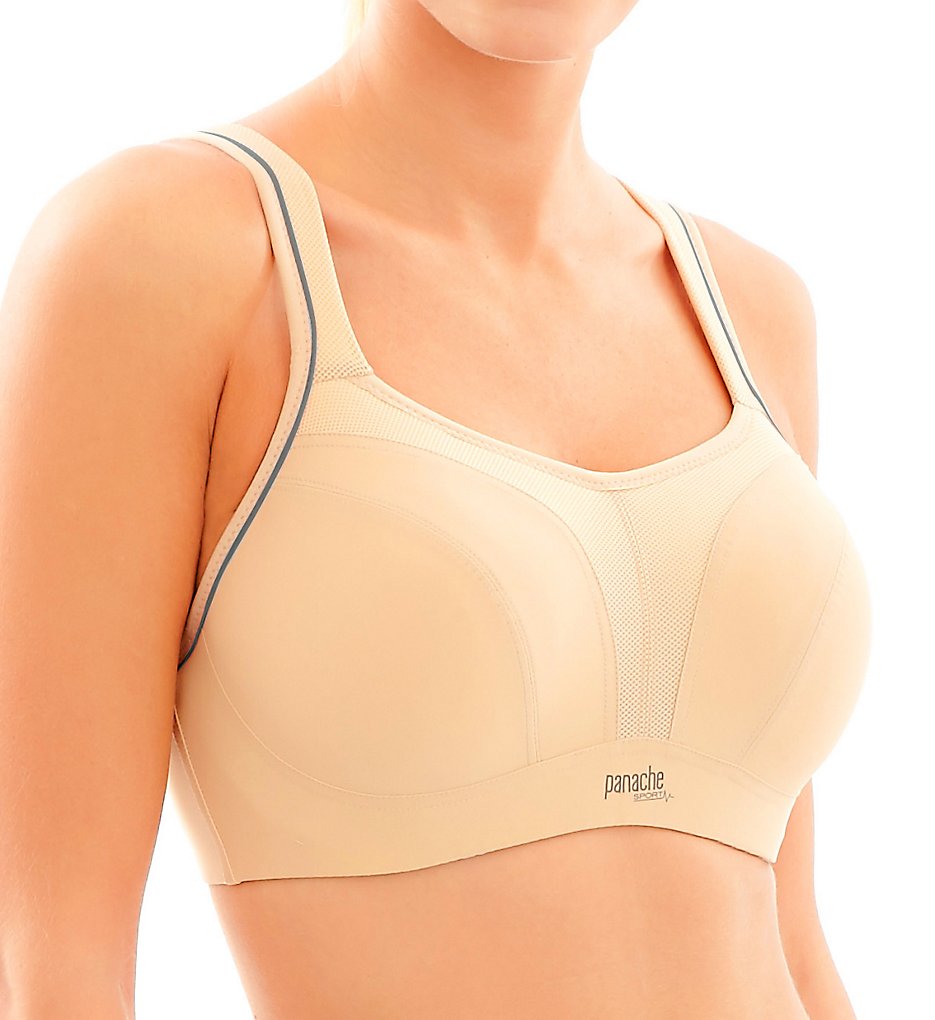
Strapless Bras
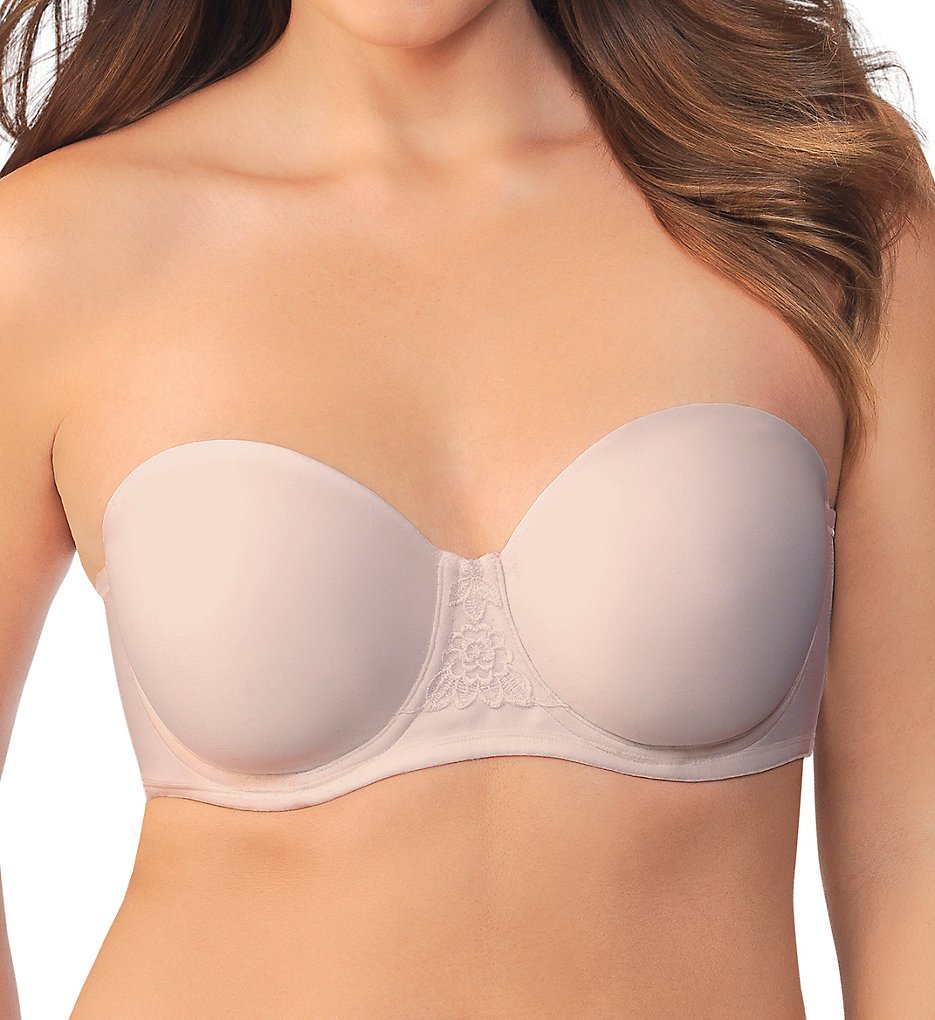

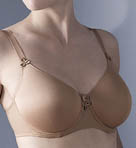
T-Shirt Bras

Underwire Bras
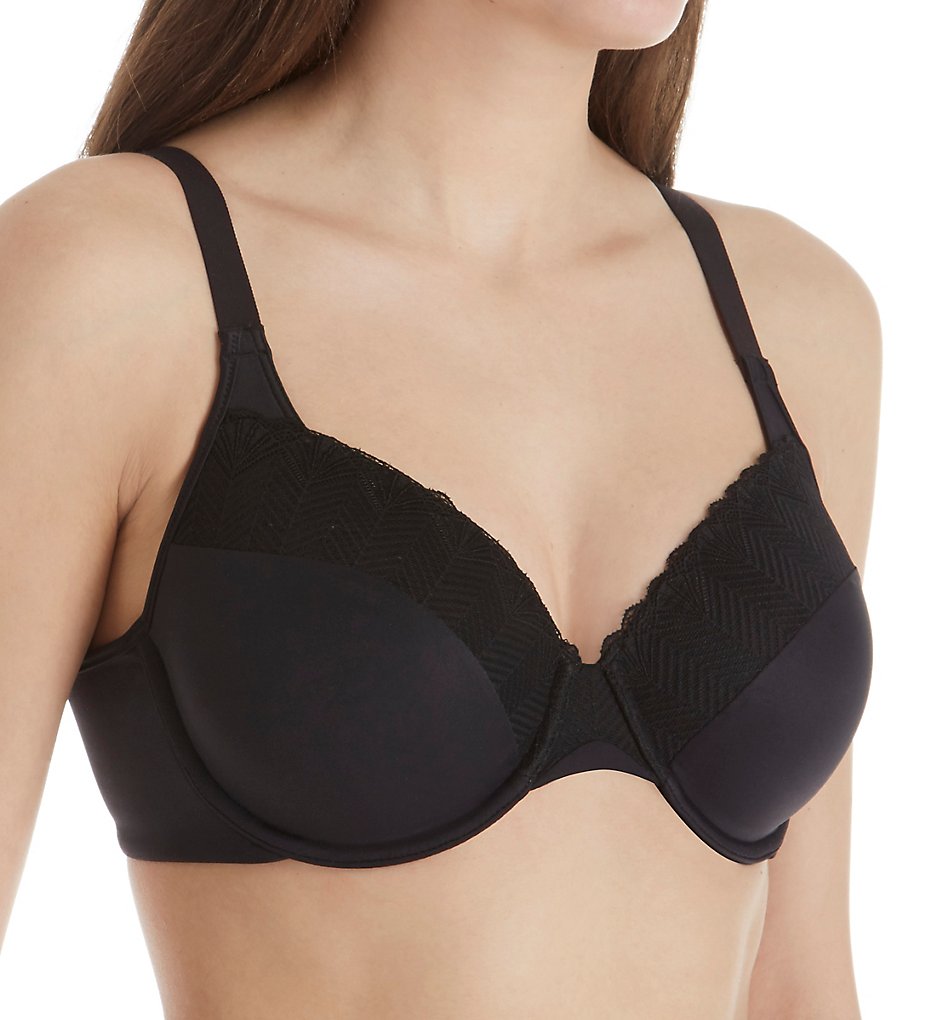
Find your best bra size
Fast
No measuring tape needed
Let's take a journey through the next few pages together. Get to the end, and I promise you'll have a better fitting bra size.
HerRoom CEO/Founder
Find your best
Bra Styles
By Tomima
You know your bra size. But, do you know your breasts? Sounds like a funny question, but certain bras styles and features work better for some breasts and not for others.
Answer the following questions, and I promise your new bras will make you look younger and thinner!
We are sorry we are unable to assist you further.